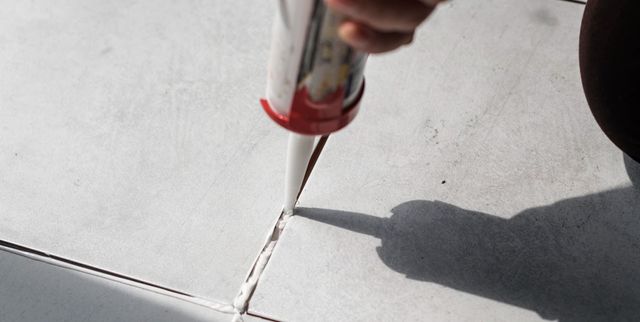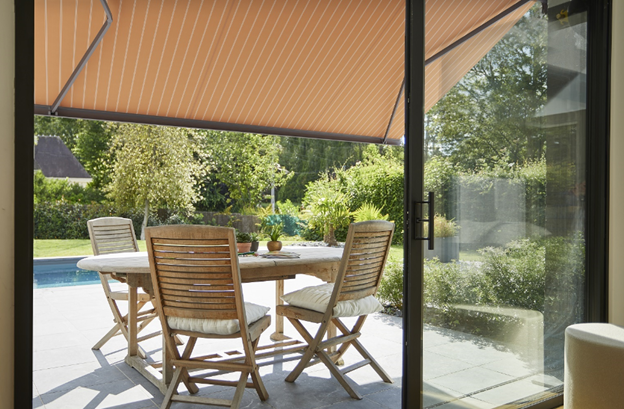The last two rooms in my house to be decorated are the kitchen and dining room. I’ve chosen to use black removable wallpaper in both rooms, but the walls in these rooms have been textured previous owners, making them slightly different from walls that are flat and smooth, like the walls in my living room and bedrooms. I’m worried that the temporary wall covering won’t look quite right over these textured walls when I’m done with the project, so I need some advice on how to make it work.
Materials Needed
A quality black wallpaper, medium weight. Color white trim paint or a quality wallpaper primer, a gallon of water (two gallons if working in a smaller room), two sheets of sturdy 8-ply paper or cloth for protecting your floor and steps.
Work gloves, clean towels for drying, painter’s tape (for covering tools and to protect trim work areas) a plastic tarp to lay on your floor to catch any falling debris (optional). Also helpful will be several wire hangers, available at most dry cleaners, they are inexpensive and used just once but well worth it as they will help you handle walls quickly once removed from sticky backing paper.
Roll of clear packing tape to cover any small tears when cutting away damaged wallpaper before applying a new application. You will also need a good pair of scissors, preferably those made specifically for cutting wallpaper.
They can be purchased in bulk packages and have blunt tips so they won’t tear apart anything else should you accidentally cut something other than textured wall surface while removing old wallpaper.
For smoothing out textures and seams in freshly applied peel-and-stick wallpaper instead of using traditional joint compound and sponge roller we recommend using an egg carton filled with very fine sanding dust because it is safer to use around children, pets, etc…
It does not create airborne dust like standard joint compound does; however it is more expensive than standard compound paste so consider that before making a purchase decision. You may also use an extra-fine sanding sponge designed for woodwork projects.
How To Use The Black Temporary Wallpaper
Clean your walls and make sure they are completely dry before applying a coat of paint to them. The paper won’t stick properly if there is moisture on your wall so make sure you let it dry completely.
After you have finished painting and dried your walls, peel off one piece of paper at a time from one of the corners to avoid any wrinkles or creases in your wallpapers. Once all that’s done, stick them on.
If there are any air bubbles between wallpaper and wall, use a smoothing tool to get rid of them since air bubbles could create wrinkles or tears in your wallpaper over time. That’s all there is to it! Enjoy your new wallpaper until you’re ready for a change because, unlike many temporary wallpapers, these can be easily removed peeling them right off.
Just remember not to repaint or wash the walls for 72 hours after application. Overall, it shouldn’t take much more than an hour to complete your project with Black Temporary Wallpaper.
Whether you’re looking for an easy alternative when trying out new decor ideas or just need a way to cover up ugly textured walls while waiting for some permanent ones, our non-permanent black removable wallpaper can work well for both home renovations and DIY projects alike.
Results And Final Thoughts
My project was a resounding success, I spent around $5 and have enough wallpaper to cover a huge portion of my wall, plus leftovers for future projects. All in all, it was a very useful project that taught me many valuable lessons on how to reduce costs and create a more professional appearance using the materials at hand.
However, now that I’ve had some time to let things settle I’m having doubts about one thing… is it art? Yes, it’s decorative and yes there’s clearly some creative thought put into it but are these pre-printed vinyl wallpapers being used as medium or means?
They do not express an artistic message nor do they tell any sort of narrative, so maybe they don’t fit the definition of art. It would be unfair to assume that someone else doesn’t appreciate its design; so I won’t make any grand statements regarding its ability to communicate higher ideals—like beauty, empathy, or equality—to those who look upon it with appreciation; however, I will say: You decide! Do you think sticking images onto your walls constitutes art? If so, what mediums/techniques would you consider suitable expressions? If not, why not? Do you feel anything can (or should) be deemed art simply because someone says so no matter what their experience level maybe? I’d love to hear your thoughts on my observations.




